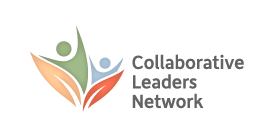A final report is produced in this stage, along with a strategy for its distribution. Closing activities recognize the group’s accomplishments and set the scene for future alliances.
A completed, high-quality report containing findings and recommendations is delivered in this stage, along with a rollout strategy that ensures its timely and widespread distribution to interested stakeholders.
This stage honors the contributions of participants, invites reflection on their experiences, and galvanizes group members to become involved with one another in new collaborations and community alliances going forward. For many people, their capacity to contribute in the future will be stronger as a result of their participation in this initiative.
A post-project debriefing and evaluation by participants and conveners seeks guidance on improving future endeavors.
The increased capacity of individuals to contribute to the community as a result of their participation is as vital an outcome as the promised end product.
